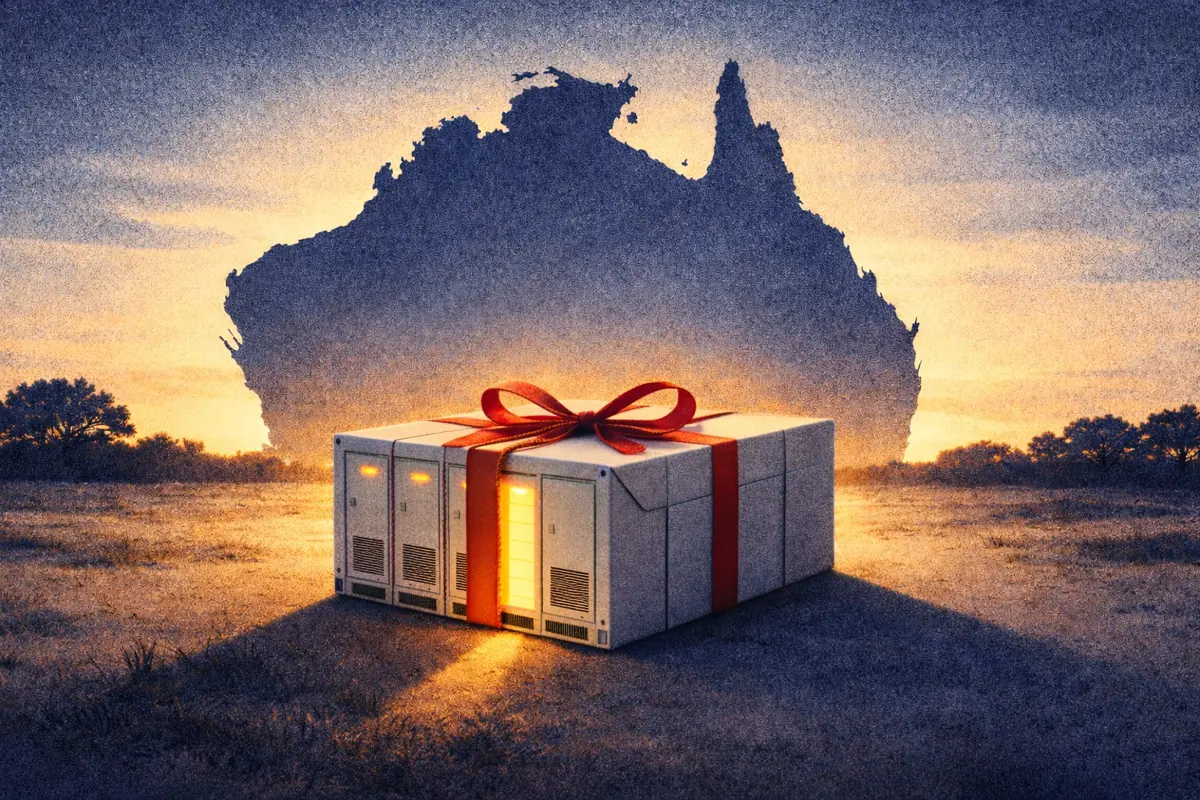Demand flexibility: how will consumers help ease system tightness this winter?
Demand flexibility: how will consumers help ease system tightness this winter?
National Grid ESO’s early view of the upcoming winter suggests that the GB electricity system could experience multiple periods of system tightness: when real-time generation struggles to meet demand and reserve requirements. In response, the ESO is introducing a new Demand Flexibility Service to ease system constraints during periods of peak demand.
In this article, we’ll take a look at:
- The requirements of the Demand Flexibility Service.
- Last year’s domestic turn-down trial with Octopus Energy.
- The rollout for winter 2022/2023.
- The potential impact of a system ‘event’ on national demand.
Key takeaways - Spoiler alert!
- National Grid ESO will be testing their new Demand Flexibility Service this winter, from November 2022 to March 2023.
- The service will be open to industrial and commercial users with half-hourly meters, as well as domestic users who have smart meters.
- Battery assets will mostly sit on the sidelines, due to the exclusion of assets that participate in the Capacity Market, ancillary services, and the Balancing Mechanism.
- If operated during a period of peak winter demand, we estimate the service could reduce national demand by over 2GW.
What is the Demand Flexibility Service?
The European gas supply shock due to Russia’s invasion of Ukraine poses direct risks and uncertainties to system stability this winter. While a number of supply-side steps are being taken to mitigate the potential impact on electricity consumers, the ESO is looking to boost operational margins by influencing the demand side of the system. This is a new trial for a demand-side response service.
The Demand Flexibility Service will incentivize participants to reduce electricity consumption during peak times from November 2022 to March 2023. This eases system operation by flattening the demand profile at peak times, with demand being either shifted or destroyed.
What are the requirements?
Table 1 (below) shows the headline requirements for participating in the service this winter.

The service aims to obtain as much new flexibility as possible, by securing assets not already participating in services such as the Balancing Mechanism or frequency response. This translates to residential electricity users with smart meters, as well as industrial and commercial users that are half-hourly metered.
Because utility-scale battery energy storage is generally a participant in ancillary services and the Capacity Market, if not the Balancing Mechanism as well, we would not expect large batteries to feature in the Demand Flexibility Service.
Case Study: Demand Flexibility trial conducted by ESO and Octopus Energy
Earlier this year, National Grid ESO and Octopus Energy collaborated on a demand shift trial known as “The Big Dirty Turn Down”. Around 100,000 customers were incentivized to reduce consumption below a personalized target, over a specified 2-hour window.
Trial participants reduced their consumption on average by 18% during times of peak demand. While the average household saved a mere 23p per 2-hour event period, the trial showed huge potential for fairly manual domestic demand side response. If the difference in price between the event period and outside of that window grows, then revenues will increase, provided this is passed through to the consumer. Given the huge price differences between peak and off-peak power predicted this winter compared to last, households could earn significantly more when participating in the Demand Flexibility Service.
The Big Dirty Turn Down acted as a proof-of-concept for a demand flexibility model. It may serve as a more equitable function for smoothing peak demand than users reducing transmission use of system charges (TNUoS) through triad avoidance.
What will the Winter 22/23 Demand Flexibility Service rollout look like?
This winter, National Grid ESO will be launching a Demand Flexibility Service nationwide, with the aim of making it a viable proposition for suppliers and end consumers. A key aspect will be to create confidence in both demand reduction volumes and their pricing. But how will it work?
Electricity suppliers will act as the communicator between consumers and the ESO, forecasting the turn-down volumes they have available. The ESO will procure Demand Flexibility Service from suppliers in units of 1-100 MW at a specified price (£/MWh) in a day-ahead market.
Participants will not be penalized for under or over-delivery of their target demand reduction. They will be paid in proportion to the reduction they provide over the period of interest. Though it’s not clear exactly how the payment mechanism will operate, we can assume that participants will be paid broadly in line with the system imbalance price. In a BBC article on the Octopus trial, £6/kWh was quoted for reduction. This is equivalent to £6000/MWh, or 150% more than the highest-ever imbalance price. We would not expect participants to earn anything like that if payment is reflective of market prices!
Measuring demand reduction
A participant’s demand reduction will be calculated by the supplier as the difference between their real-time metered demand and their ‘baseline demand’.
Baseline demand represents a participant’s expected consumption level during the demand flexibility event period if they were not participating in the reduction service. It is calculated based on the last 60 days of non-event data, taking into account the 10 most recent working days and the 4 most recent non-working days. This is similar to baselines as calculated for Capacity Market pre-qualification. A simplified example of this calculation is shown in figure 1, below.

The baseline calculation is carried out post-event by the supplier, with the aggregated data sent to ESO for settlement and auditing. Figure 2 (below) shows an illustrative metered demand profile for an industrial participant in the Demand Flexibility Service, and their baseline. The difference between the two profiles over the event period can be used to calculate demand reduction.

How effective can the Demand Flexibility Service be at reducing system tightness?
By making some simplifying assumptions about the scale of participation in the Demand Flexibility Service this winter, it is possible to estimate the extent to which system tightness can be eased on the demand side.
We estimate the peak domestic and non-domestic demand this winter using the annual average demand figures for domestic and non-domestic electricity users from 2010 to 2020 and scale these numbers to peak demand by looking at national demand data across the same period. These are shown in figure 3, below.
We assume a demand reduction of 20% during a given event period (in line with Octopus’ findings from last winter). Further, we assume 20% of smart-metered domestic users fulfill the service requirements and are willing to participate, as well as 50% of half-hourly metered non-domestic users. Based on these data and assumptions, we found that the Demand Flexibility Service could ease the system by approximately 2.4 GW.

The domestic component of the demand reduction (0.3 GW) is a significantly more conservative estimate than Octopus’ (1.9 GW), owing to different assumptions on participation rates. Even so, our estimated total reduction across domestic and non-domestic consumers exceeds the 2 GW capacity National Grid has added to the electricity system by delaying the closure of four coal plant units. This demonstrates the vast potential of the service to provide a much greener answer to increasing operational margins.

The Demand Flexibility Service will have to reckon with multiple challenges, such as its “non-firm” nature: uncertainty regarding how much turn-down volume is available cannot be reduced until the event occurs. Day-ahead procurement will mean that inefficient volumes are dispatched based on the difference between forecast and real-time system tightness, such as due to poorly predicted weather patterns.
Key takeaways
National Grid ESO’s Demand Flexibility Service will be trialed this winter, with half-hourly metered industrial and commercial users able to participate, as well as residential users with access to a smart meter.
The majority of battery assets will be excluded from participating in the service due to the requirement not to be participating in the capacity market, balancing mechanism, or ancillary service provision.
We estimate the service has the potential to ease system tightness by 2.4 GW, which is at least the total procured capacity obtained for this winter by the National Grid from delaying coal plant closures.
By learning from the rollout of this new service over what will be a very challenging winter, it is hoped that demand-side response will become a more significant tool in managing the system in a smarter, more efficient, low-carbon way.







